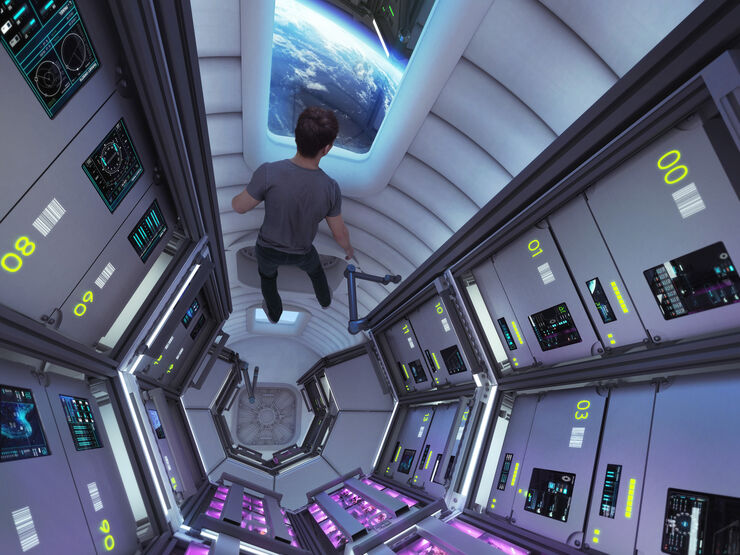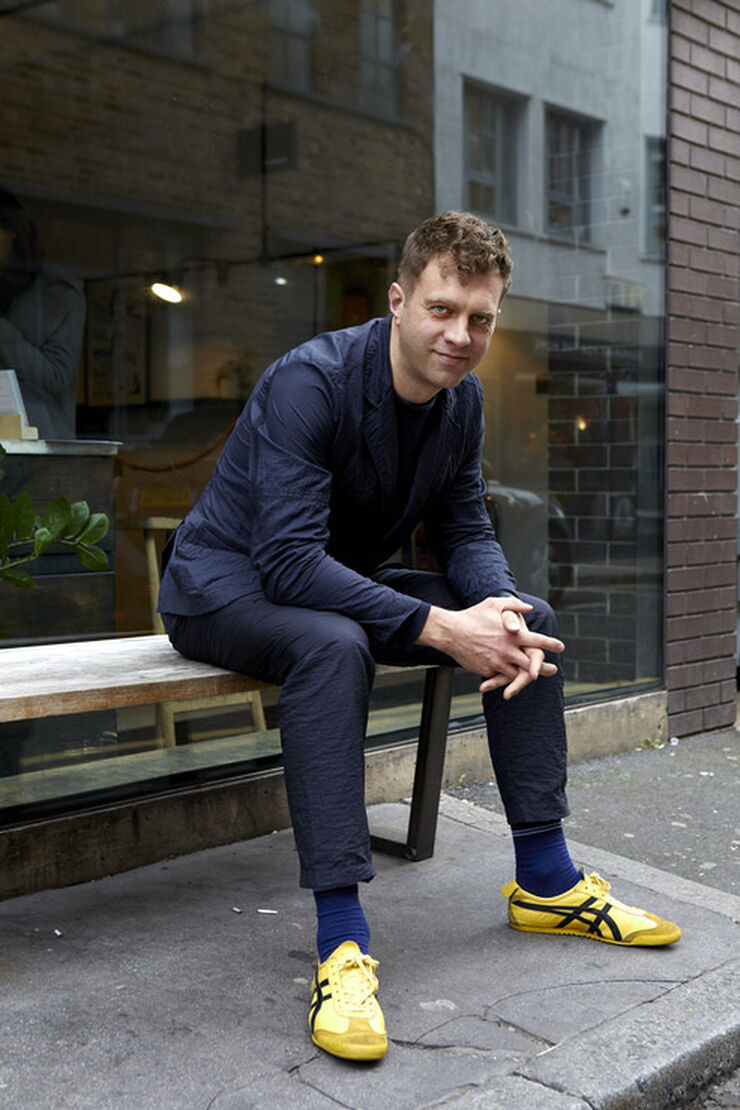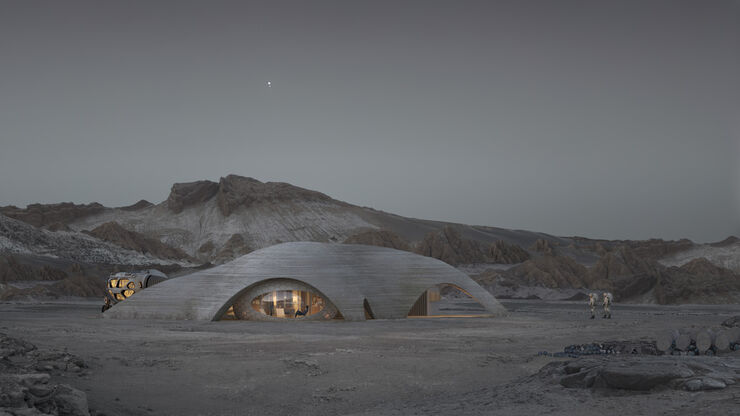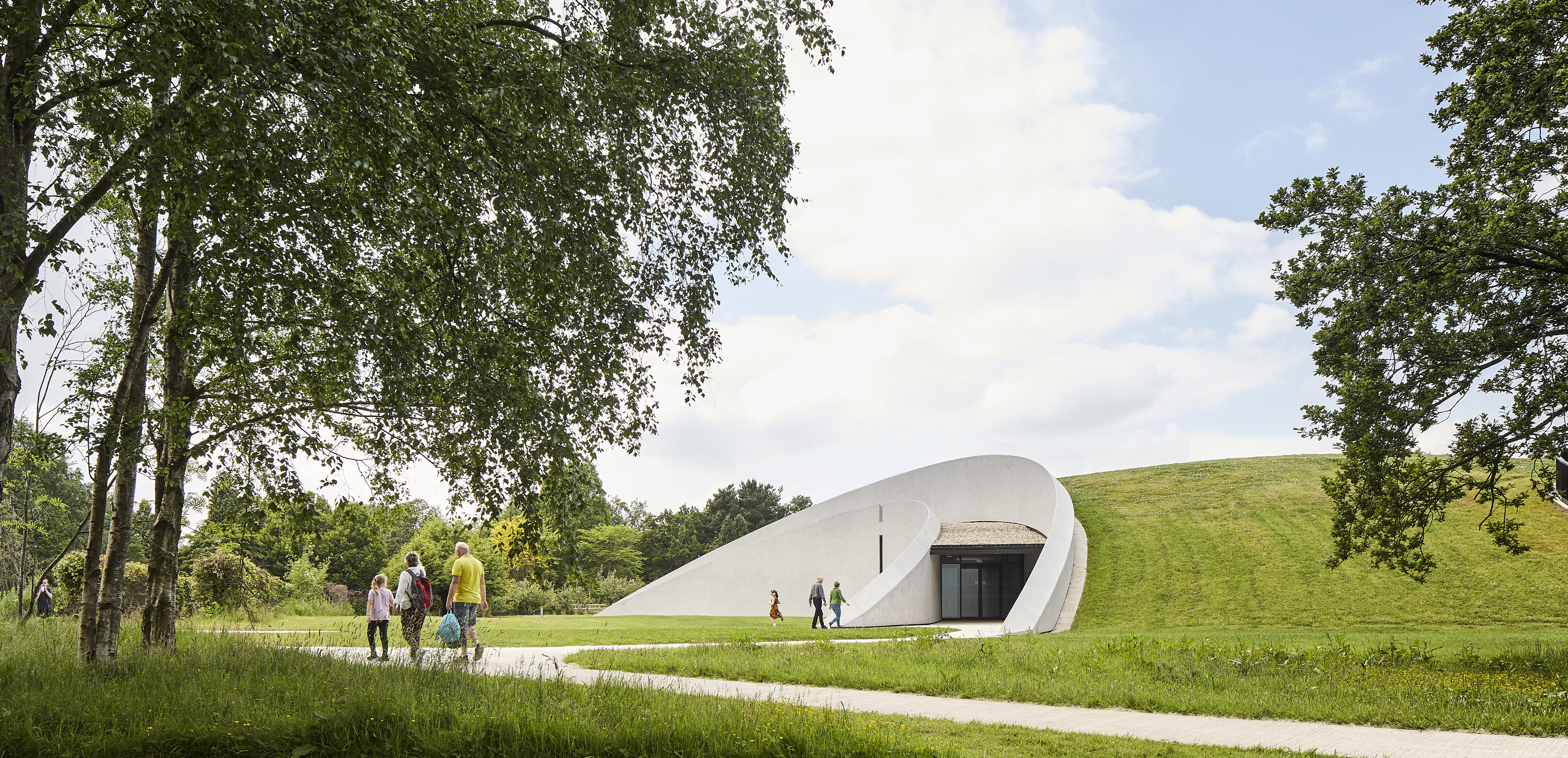Lunar Master Plan: Moon base for the European Space Agency
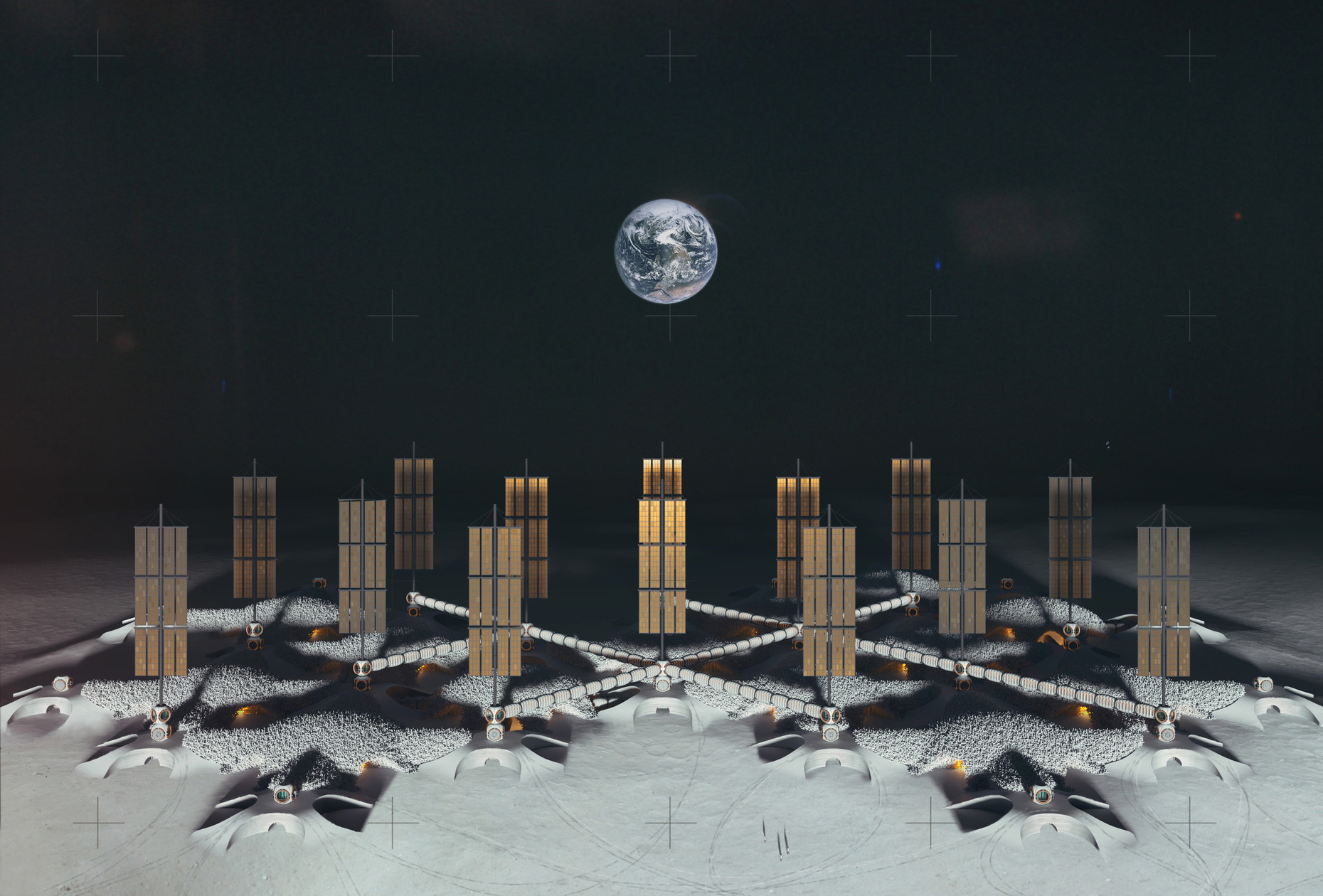
Our Lunar Habitat Master Plan is a ground-breaking modular concept that is the next step in creating the first permanent human settlement on the moon.
Designed in close collaboration with the European Space Agency (ESA) for its Discovery programme, the Lunar Master Plan will inform the creation of a scalable habitat system that can accommodate a settlement of up to 144 people in reduced gravity.
Working with anthropologists, psychologists, roboticists and astronauts, the pioneering concept focuses on what a settlement would need not only to survive but to thrive on the moon — from recreational, social and active spaces including restaurants and sports arenas to enriching earth-based environments such as large greenhouses.
In a radically different approach to the monolithic shell structures previously proposed for lunar settlement, our design uses 3D-printed modular components that act as a protective outer layer. The tetrapod-shaped components are assembled like building blocks, interlocking to shield the habitat from the lethal levels of radiation on the moon.
The components can be created using lunar soil sourced directly from the moon. They can then be 3D-printed on-site at the habitat, providing the means for sustainable construction growth.
Designed to grow and adapt to the number and demands of future inhabitants, the modular system will endure the challenges presented by extreme environments — including lack of atmosphere, water and oxygen.
The settlement would support the critical work of national agencies including NASA, ESA and Jaxa. It would also cater for commercial space agencies, companies and tourists in the future.
The Lunar Master Plan was unveiled at Space for Inspiration, the ESA’s annual summit at the forefront of commercial space exploration at the European Space Research and Technology Centre in Noordwijk, the Netherlands, in January 2024.
Client
Location
Status
Year
Collaborators
Design team
IMAGERY
“Hassell has come up with a very interesting design, which combines a good understanding of the lunar environment constraints and a vision for the future of human exploration of the lunar surface.”

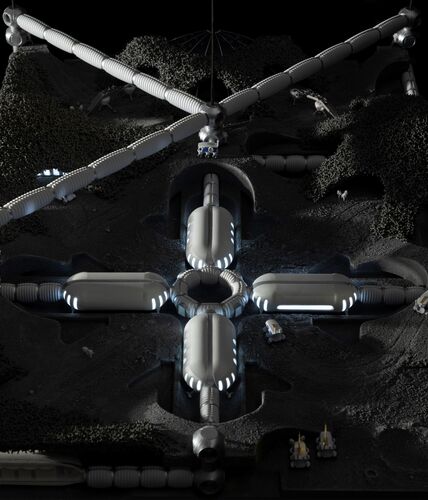

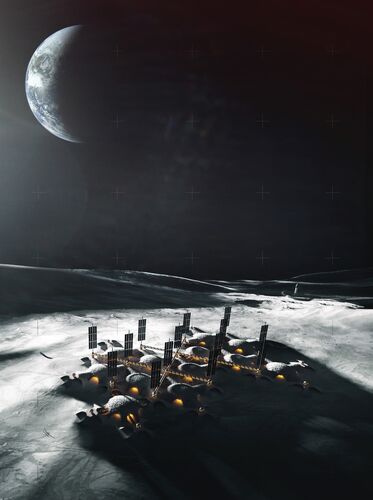

“Shipping anything to the moon will always be costly, so we therefore decided to create the habitats out of inflatable modules which would be light and compact. Inflatable habitats on the moon might sound like science fiction but these types of membranes are already being tested on the International Space Station.”
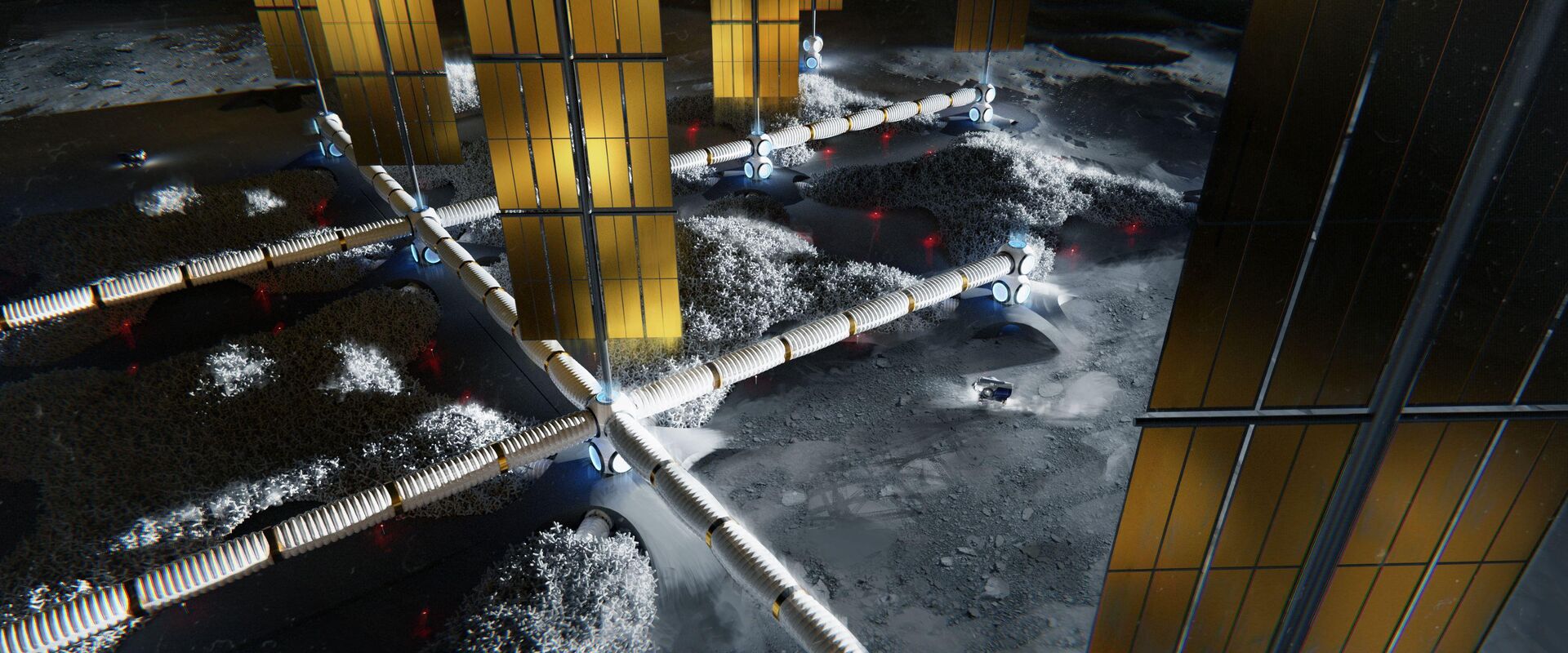

Scan this QR code with your phone to follow Hassell on WeChat.
